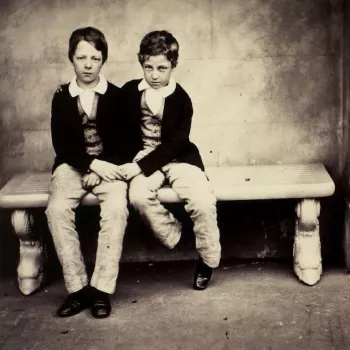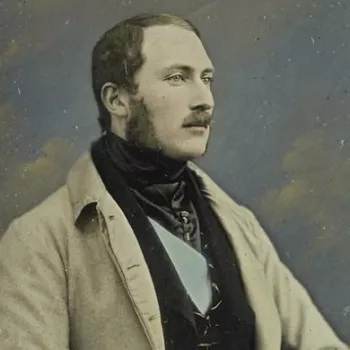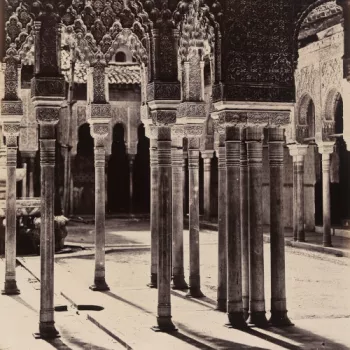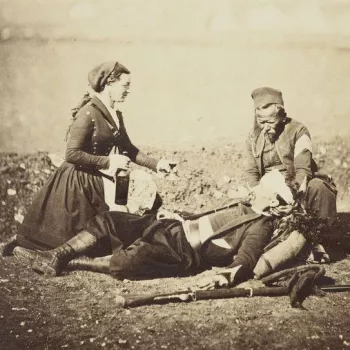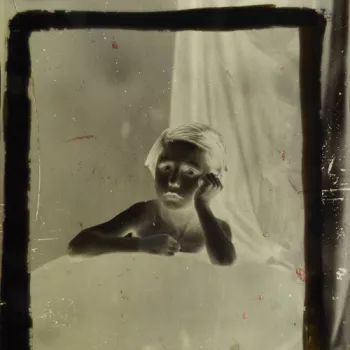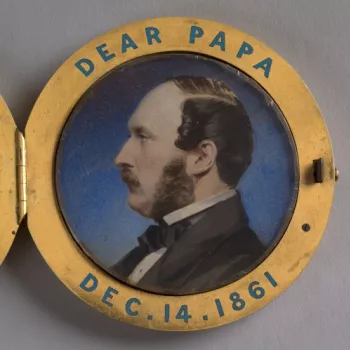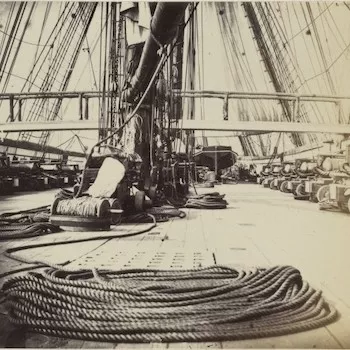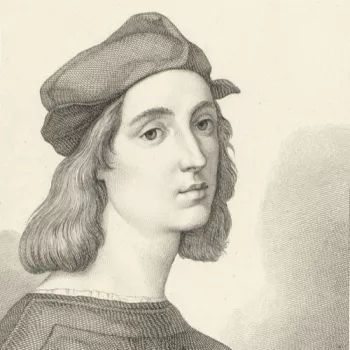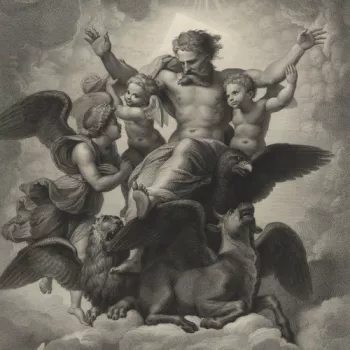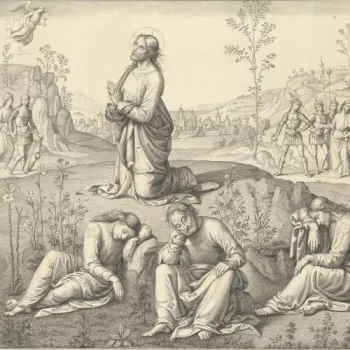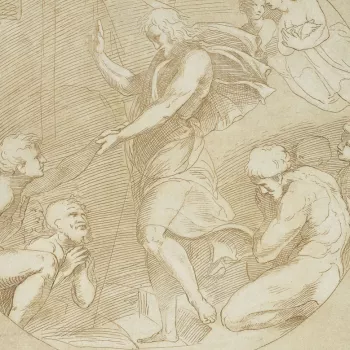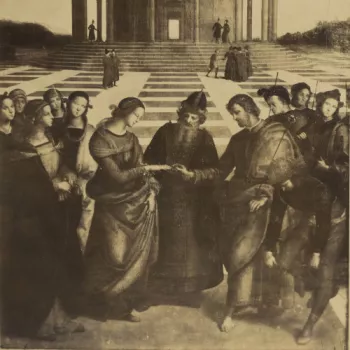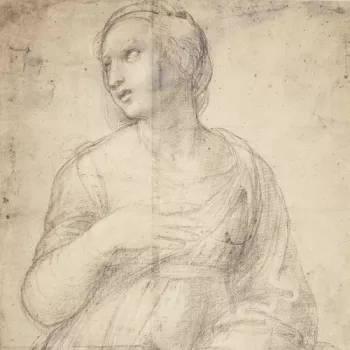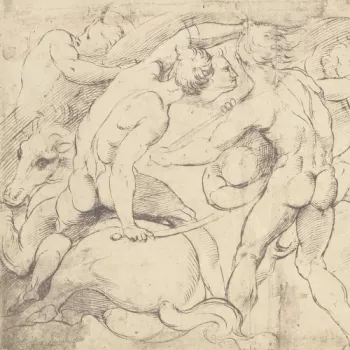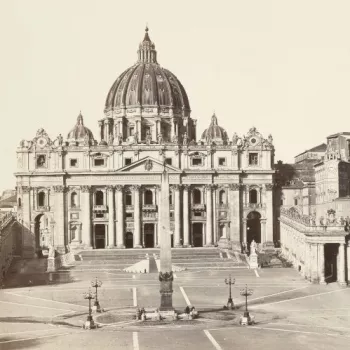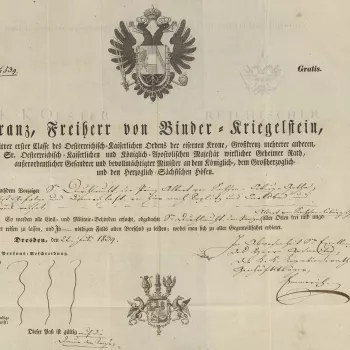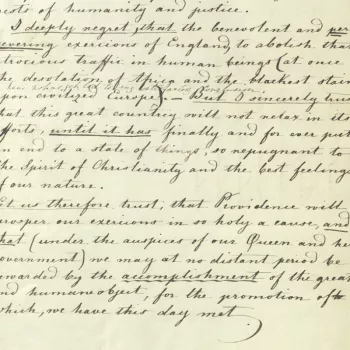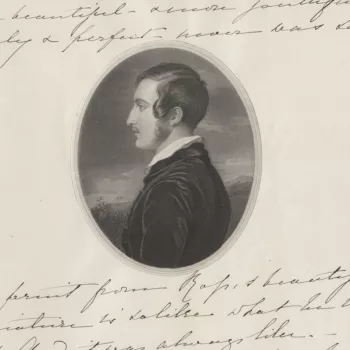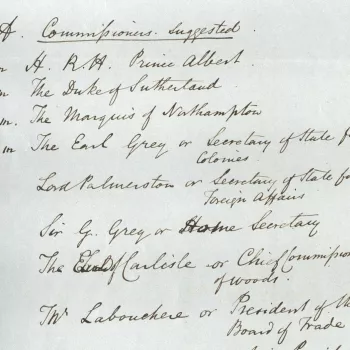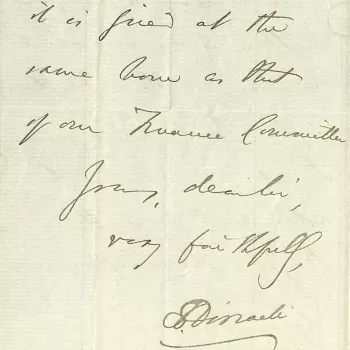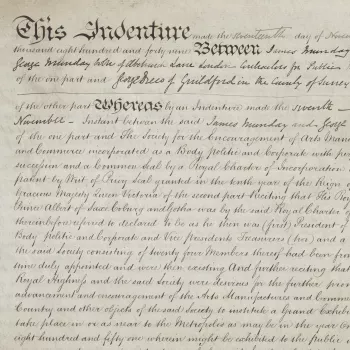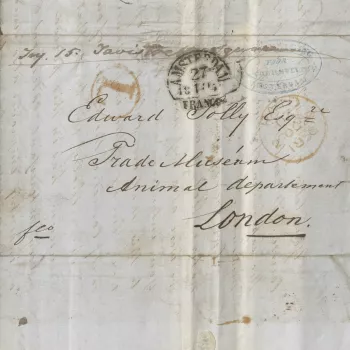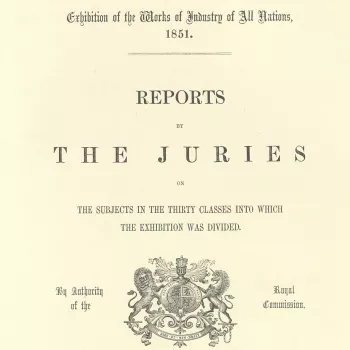Collections
These collections will bring together 10,000 photographs collected and commissioned by Prince Albert; the Raphael Collection, the Prince's study collection of more than 5,000 prints and photographs after the works of Raphael; and official and private papers relating to Prince Albert. They are presented in groups that frequently reflect Albert’s vision for the development and organisation of his collections and papers.
Photographs Collection
Prince Albert played an integral role in the advancement of photography. During a stay in Brighton in 1842, Albert attended the photographic studio of William Constable. The resulting portrait is the earliest surviving photograph of a British royal family member. Queen Victoria and Prince Albert were joint patrons of the (later Royal) Photographic Society shortly after its foundation in 1853.
During his lifetime, Prince Albert cultivated a collection of some 10,000 photographs by pioneering nineteenth-century photographers such as Frances Sally Day, Roger Fenton, Oscar Gustav Rejlander, Charles Thurston Thomspon and George Washington Wilson. Together these photographs reflect Prince Albert’s unwavering belief in photography as an art form, and his advocacy of its value as a historical record and a means to share knowledge.
Raphael Collection
The Prince Consort’s Raphael Collection is an indispensable visual resource for the study of Raphael's work. Commenced by Prince Albert in 1853 and largely completed by 1876, it comprises over 5,000 prints and photographs, and records almost every work then regarded as being by, or after, Raphael and his school.
Albert and his librarians arranged the prints and photographs into twenty-five categories, such as religious and mythological subjects, portraits, and the fresco cycles in the Vatican Palace. They were mounted on large sheets in 49 portfolios, which are still housed in their custom-made cabinet in the Print Room at Windsor Castle. Read more>
Royal Archives
Prince Albert’s Papers consist of more than 9,500 archival items including both his personal and official papers. The collection has been selected from the Victorian Papers held in the Round Tower at Windsor Castle by Royal Archivists for the Prince Albert Digitisation Project. This material is but a small part of the collections held by the Royal Archives which contain the official and private archives of the Sovereign and other members of the British Royal Family, together with the records of the Royal Household and private Royal estates.
The majority of the collection published here spans from 1828, covering Prince Albert’s (1819-61) early life in Coburg, until his death in 1861. Records relating to his memorialisation and ongoing projects continue after his death, with the latest items in the collection dated as 1965. The papers have been divided into four main sub-collections of Family, Official, Personal and Financial Papers, each reflecting a different aspect of Prince Albert’s life and activities. Some records, particularly newspaper records, have not been digitised due to issues relating to intellectual property rights.
Royal Commission for the Exhibition of 1851
The Archive of the Royal Commission for the Exhibition of 1851 consists of documents relating to the organisation of the Great Exhibition of 1851, the formation of ‘Albertopolis’ in South Kensington and to the Royal Commission’s ongoing scholarship schemes.
A selection of records from the archive, covering the period from 1849 to 1886, have been digitised as part of the Prince Albert Digitisation Project. Included are the Papers of Prince Albert, held on loan by the Royal Commission from the Royal Archives, which contain correspondence between Prince Albert and founding members of the Commission, minutes of meetings and circulars recording key decisions. Also included is a series of Edgar Bowring’s correspondence, an extensive series of incoming correspondence received by the Commission and a selection of Royal Commission publications. Some records, particularly newspaper records, have not been digitised due to issues relating to intellectual property rights. For further detail of the collections of the Royal Commission for the Exhibition of 1851’s Archive please see their online catalogue.




